Nik Bärtsch workshop (Part One) -- Val Mesocco, Switzerland
 Friday, September 6, 2013 at 4:36PM
Friday, September 6, 2013 at 4:36PM July 30-August 5 Nik Bärtsch workshop -- Val Mesocco, Switzerland

I had been thinking about coming to this workshop for over two years, ever since Henry Kaiser first told me Nik was doing this kind of thing. Aikido + Music + Meditation. Perfect for me. Thankfully, I was able to be in the vicinity (Europe) close enough to the dates so that I could extend my trip and come here.
The short-story-take-aways:
“It’s all in the hips, baby!”
and
Any musician who is aspiring to be a serious player should get themselves to this workshop.
- - -
After a somewhat involved trip (taxi, two trains, bus and a bit of foot travel) we arrived at our home for the workshop.
As soon as I arrived I realized, "This place is Ka-Wazy! It feels like being on the set of Labyrinth. Though the Goblin King, himself, never made an appearance.
Good link about Labyrinth and Bowie's Bulge
Nestled in a very tight valley, this oasis of strange joy first meets you with a musical toy: local slate rocks laid out in a xylophone pattern that you can play with a mallet. Or, you can throw small balls up into a caldron. As they fall down the shoot, they bang into small metallic rocks that ring out different pitches. Clearly, was not your normal workshop facility.

Moving into the yard there were all sorts of crazy sculptures made of wool. Giant flowers, a huge dragon (with a nest of dragon eggs that we used for meditation cushions), tiny little nude women swinging on a rope. The woman who runs the place makes all of these with dyes and raw wool that she processes herself.
Added to this was a Mongolian yurt, a trampoline, a ping pong table, a hybrid bugle-tuba mounted to a stand, an 8-sided building where we worked, a fire pit and an outdoor dining area covered with grapevines. All the small details of the buildings were tweaked to mold to this other-worldly aesthetic. Even the rain gutters. Oh, and just down the road was a waterfall for swimming.
 I thought, "How could this not be a great week?"
I thought, "How could this not be a great week?"
- - -
So the other half of the short story of this particular week is that it turned out not to unfold as I had expected. I thought we would be sitting around working on playing some tricky shit. Which, of course, we did. But much of our time and energy was spent on body work and looking into the microcosmic details of how we move and where intention lies in the body.
For myself, there were some huge revelations. Major things have begun, and continue, to shift for me in both my playing and my Aikido practice.
Why did I think we would be sitting around playing tricky shit? Well, because Nik’s pieces are filled with tricky shit - some REALLY tricky shit.
About a month before, Nik had sent us some scores of several of his pieces (again, all titled Modul with a number after it). I have spent a good deal of time investigating his works over the last few years. In fact he is probably the only artist for whom, after listening to a live radio recording that Henry Kaiser played for me, I went to Amazon and bought their entire catalog. It's mostly tricky in terms of rhythm, and tricky in ways that King Crimson is not tricky. There is obviously some overlap, but I think it is fair to say that Nik and the whole group Ronin have taken some of the current rhythmic vocabulary and extended it much further.
Once I looked at some of these scores (also the scorebook for the group's album Llyria), I grew a bit more shaky at the prospect of playing some of this stuff. What I discovered was that Nik was feeling the pulse of the music often entirely different than I. These scores revealed that I would sometimes feel the pulse in groups of three sixteenth notes (6/8 or 12/8), but the band were playing it as groups of four sixteenth notes (4/4 or 5/4 or 7/4 or…). In other pieces, where I was feeling the downbeats wasn’t remotely near where they were playing the downbeats. Sometimes repeated phrases actually began with a rest or two. Only the musicians could possibly know how the music was held together – and they were telegraphing no signal of the architecture at all.
So I was stuck with the process of having to relearn these pieces but, instead, with Nik’s skeleton on the inside. Not an easy task, trust me. However I came to this workshop to absorb as much as possible, so I did my homework. There is no point in going to learn something from someone if you aren’t going to completely enter into their world. Afterwards, once you get back home you can assess what you really want to keep for yourself.
I also knew we would be practicing aikido everyday. A lot of aikido work is about falling and I was curious what kind of place we would be practicing in. Would there be a dojo? Mats? What about beginners? How would they teach new people not to get hurt? How would this work?
Or both accounts (tricky shit and aikido) I was entirely misled by my expectations. Our Aikido work would be entirely with weapons outside. That meant no falling at all – so no risk of injury. And our “playing tricky shit” would be prefaced by tons of prep work with shakers and stretching and rhythmic/intention “games.”
- - -
Our days began at 6:30am with some quick stretching. Then we moved inside for a short Zazen-type mediation. This meditation practice wasn’t new to me, though I am accustomed to a more active type of morning sitting. I enjoyed the challenge of it. Including the odd fly (which no doubt followed me from Austria) crawling around my ears while we sat.
After the sitting we would move outside and begin an aikido session led by Nik’s wife Andrea. Andrea is a Sandan (3rd degree black-belt). Sometime these sessions would begin with weapon work – either with the bokkun (wooden sword) or jo (wooden staff). Other times Nik would begin it with some kind of rhythmic warm up.
Next would come a music session. Then break. Then another music session. Then lunch. The food there was awesome - homegrown in the garden, home cooked and served outside.

After lunch came siesta (Yes!), then another aikido session followed by another music session. We wrapped up each day with a debriefing meeting of 30 minutes. Then dinner. After that the youngsters played more music and sat around the fire. The oldsters collapsed in a pile. I was the oldest here - double the age of many!
- - -
It doesn’t make sense to describe each day, though they were completely full and progressed significantly throughout the week. I feel I’d rather give some random observations:
My first overall impression is that Nik has absolutely nailed the link between aikido and playing music. He has explicated this so clearly (to me) in two directions. One, in our interactions with other players. And, two, in our interactions with our instruments. Let me take a stab at sharing this, though the medium of words isn’t how these concepts get transmitted. You really need the kinesthetic experience. This is why I will be bringing the group of touch guitarists for our Seattle workshop this October to the dojo work to with my sensei.
Trey and Markus Reuter's October Seattle Tapping Workshop info here
In aikido practice we are working constantly with how we interact with each other. This is a partner practice with one person taking the role of attacker (uke) and one person taking the role of receiver (nage). The receiver ends up making the throw and the attacker ends up taking the fall. How the two meet and what happens between them is very dynamic. The more responsive they are with each other, the deeper the practice. For example, when the attacker comes in with a strike, the receiver doesn’t want to meet them with a hard stop. They want to blend with the strike and give a little bit as they take over the energy and turn it back on the attacker. Likewise, the attacker wants to blend with the receiver as soon as they make contact. If you were to come in with a strike and not blend, someone is going to get hurt – usually you! But, regardless, this blending is where the goods are. It is a kind of measure of how we are listening to each other – through our bodies.
Are we beginning to see the connection yet? Listening! We have to listen to each other and blend. Exactly like a responsive musician: How do we blend with each other as musicians? How do we merge our timing with each other? How do we blend our tone? All of these concepts are all amplified through physical action in the dojo.
Nik demonstrated this again and again throughout the week. With weapons. With hand attacks. Even with walking around in a circle and stopping to shake someone’s hand. All of these actions have a blending aspect that can be increased. This is what musicians do with each other when we are truly in contact.
Part two of this connection is with our instruments. How do you get a good sound from your instrument? From a hand on a drum skin? From a finger dropping on to a keyboard? From a finger on a guitar string? Well, the principals are the same. If you were to play a drum with a strong, hard, stiff strike you are not going to get the same tone as someone who listens, through their hand, to the tension of the drumhead as they are making contact. If you were responsive to the drumhead and gave a little bit of the tension in your hand to the drum as you strike, and took a little bit from the drum head at the same time, the tone would immediately resonate more. If I were to deeply ‘listen’ to the tension of the string on my guitar as I apply my finger and then allow the string to gently push my finger back up after I have sounded the note, the tone improves. (Markus introduced me to this exact concept in our week in Austria).
This all about relationship. And Nik, through the vocabulary of aikido, made it extremely clear. Using the practice of each discipline as an amplifier of the other.
- - -

 Tension, relaxation and presence.
Tension, relaxation and presence.
One thing that trips up a lot of people, and has been in constant vigil in my own personal work, is the spectrum between tension and relaxation. What is tension and what is relaxation? And, where is the fine line of where you need to fall on this spectrum in order to function according to your aims? There are certainly many ways to define tension and relaxation, and there are plenty of pithy aphorisms that we can refer to that tell us how to best use them. But, the real question is “What is it like, in our bodies, when we have just the right amount of each in order to do what we are trying to do?” I used to think there was some universal state of alertness and relaxation that put my body in the perfect place for playing music. But it really isn’t that simple. You need access to both and fluidity between them. Too much tension equates with using excessive force. Too much relaxation creates a limp fish. A limp fish can’t respond quickly enough to anything and brings in dullness.
I recently came across a passage in Yoshi Oida’s book “An Actor’s Tricks” that speaks to this. (Yoshi has worked for decades with one of my heroes, theater director Peter Brooke). He refers to the possible places on this spectrum of tension<>relaxation and how some levels of relaxation that work great for some practices don’t work well for acting. This got me thinking.
What Nik offers is a third variable. At least as I saw it. He gave us an image of the body being filled up with water like a garden hose. We intentionally bring some ‘water’ into the limbs to fill them up from the inside out. I have no idea if I can truly share what this image has done for me but it has given me a whole other way of directing my limbs and body. Rather than saying “Leg, relax now; please enter into a state of relaxation and let go of that tension” or saying “Arms give me more support, bring in some tension and strength, so I can do this work in front of me," I have this third directive. Which is closer to “Arm, I fill you up with water/air/energy and you expand from the inside out, remaining fluid and responsive to what we are doing here.”
This description seems somewhat lame when I read back through it, but it is the best I have at the moment. It feels like a positive affirmation of a ‘state’ in my body rather a negative one (negative version: Tension, go away. But how far away? Well, just far enough!)
In short, what we are talking about here is bringing Presence into the body. And, Nik’s image works for me. In a concrete, practical way.
- - -
Many of the rhythmic games Nik presented to us bridged these same issues. Plus, they were tons of fun. We would often gather outside and pass claps around a circle. Then we would add counting that also went around the circle -- these two cycles revolving at different rates. You had to be on your toes. But then he would introduce the further element of giving an individual the opportunity to change the direction of one of these cycles. Now you really had to be on your toes! In fact, it was impossible to put your attention on the larger patterns in the circle and keep track of what was coming your way. The best strategy seemed to be to just focus on the people to your immediate left and right and respond without thinking when something (a number count or a clap) was being passed to you. All the while Nik would refer back to staying present and grounded -- using only the barest physical movements that you really needed to carry out the tasks.
The variety of these practices was fantastic. We passed balls around the circle. We dissected how you take a step -- to a microscopic level. We emulated an aikido practice called randori which involves several attackers coming at you at once -- but we did it with handshakes instead of attacks. We counted and clapped and walked in place. We used shakers at the same time with many practices. Clearly this guy has spent years investigating these things. I was honored to dip into his research.
- - -
 Our music sessions often began with shakers and clapping before moving to picking up our instruments. Nik has broken his pieces down into their rhythmic fundamentals and we would always begin working on a piece (Modul) from this point of view.
Our music sessions often began with shakers and clapping before moving to picking up our instruments. Nik has broken his pieces down into their rhythmic fundamentals and we would always begin working on a piece (Modul) from this point of view.
I found this very effective. And, quite fascinating. It made me wonder about my own repertoire. I suspect that I could distill my own rhythmic elements down to their essence and strengthen my playing from the core outwards. I can even imagine looking at these raw elements and building new ones before expanding them out into actual pieces.
One thing is for sure - with the more challenging of Nik’s pieces I was able to re-direct my body from the ground up with these distilled shaker and clapping practices. This is clearly how to get to the point of fluidity with these pieces.
- - -
What kinds of instruments were here?
A variety. Which was wonderful.
We had a cello, a violin, an alto sax (curved, I loved this thing), a couple of keyboards, vibes, bass, voice, guitar and touch guitar. Two of the other folks doubled on touch guitars! We even had a little touch guitar session one afternoon.
Oh yeah, and Nik played drum kit! I don’t even think he touched a keyboard the whole time.
The week wound up with a performance on the last evening. We played three of Nik’s pieces, had a few solo pieces and a couple of improvisations. It was damn good as, by then, we had become a solid group. I think to play this material well you have to have that. And we did.

 coaching,
coaching,  nik bartsch,
nik bartsch,  teaching,
teaching,  time
time 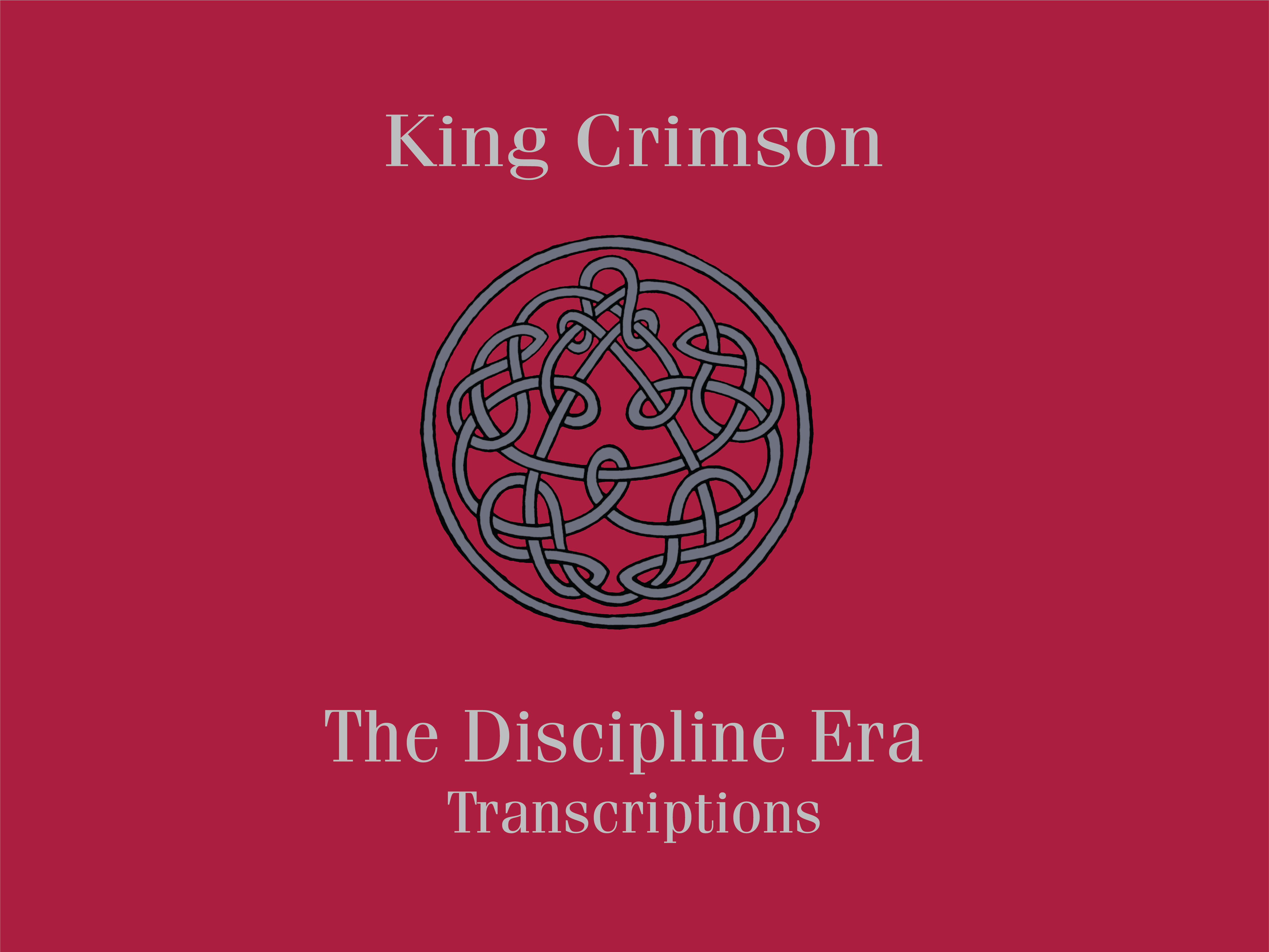
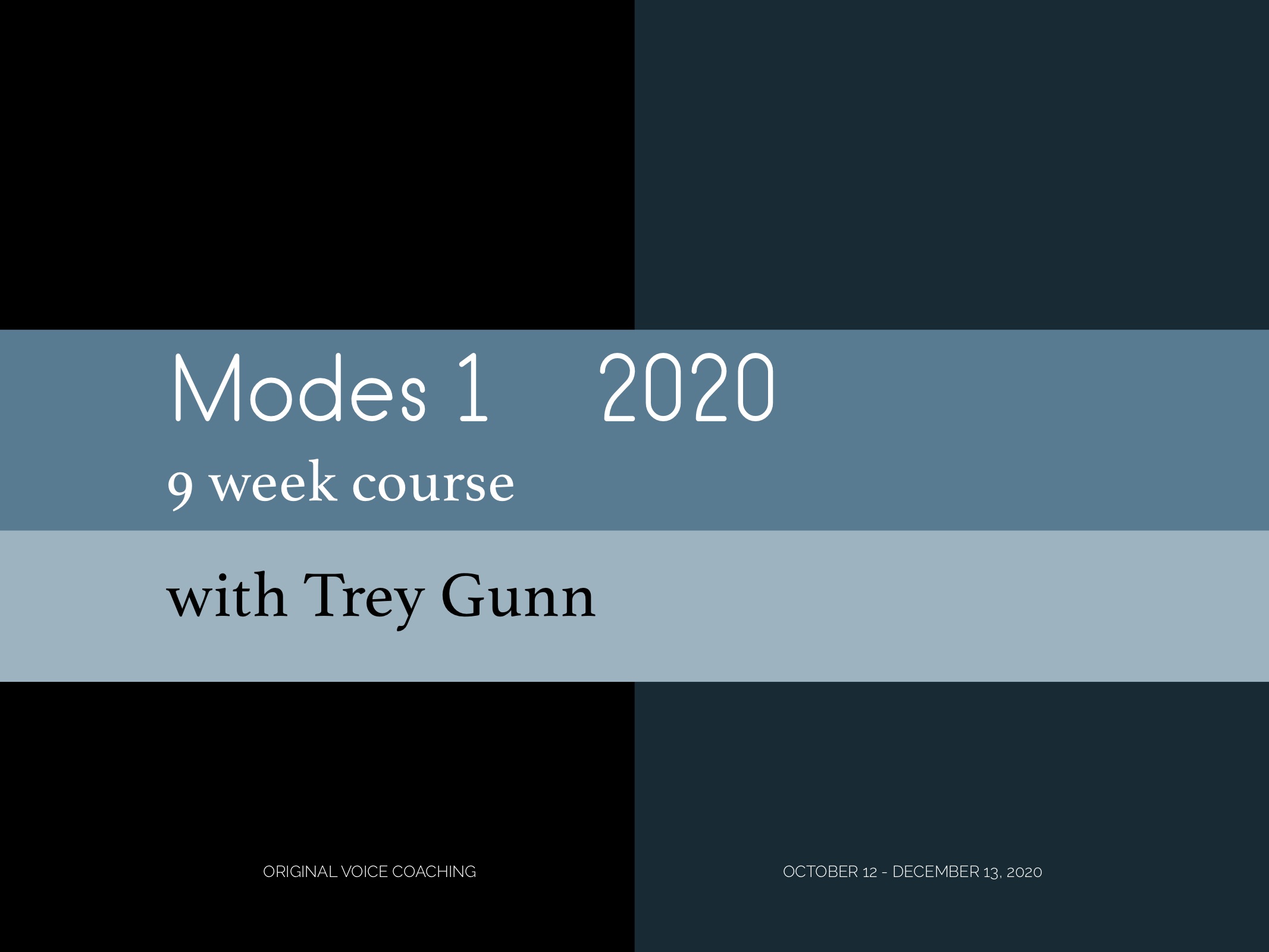
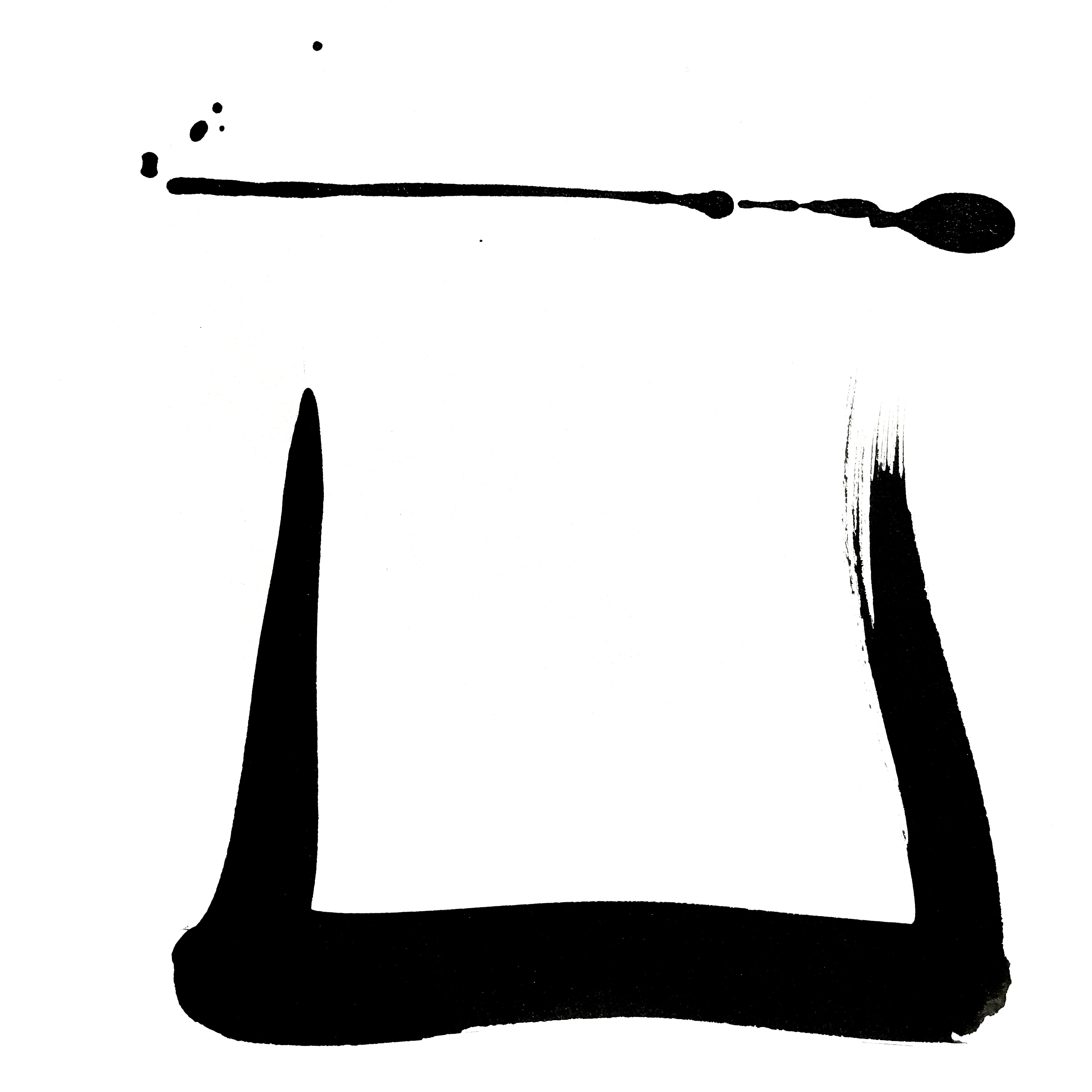
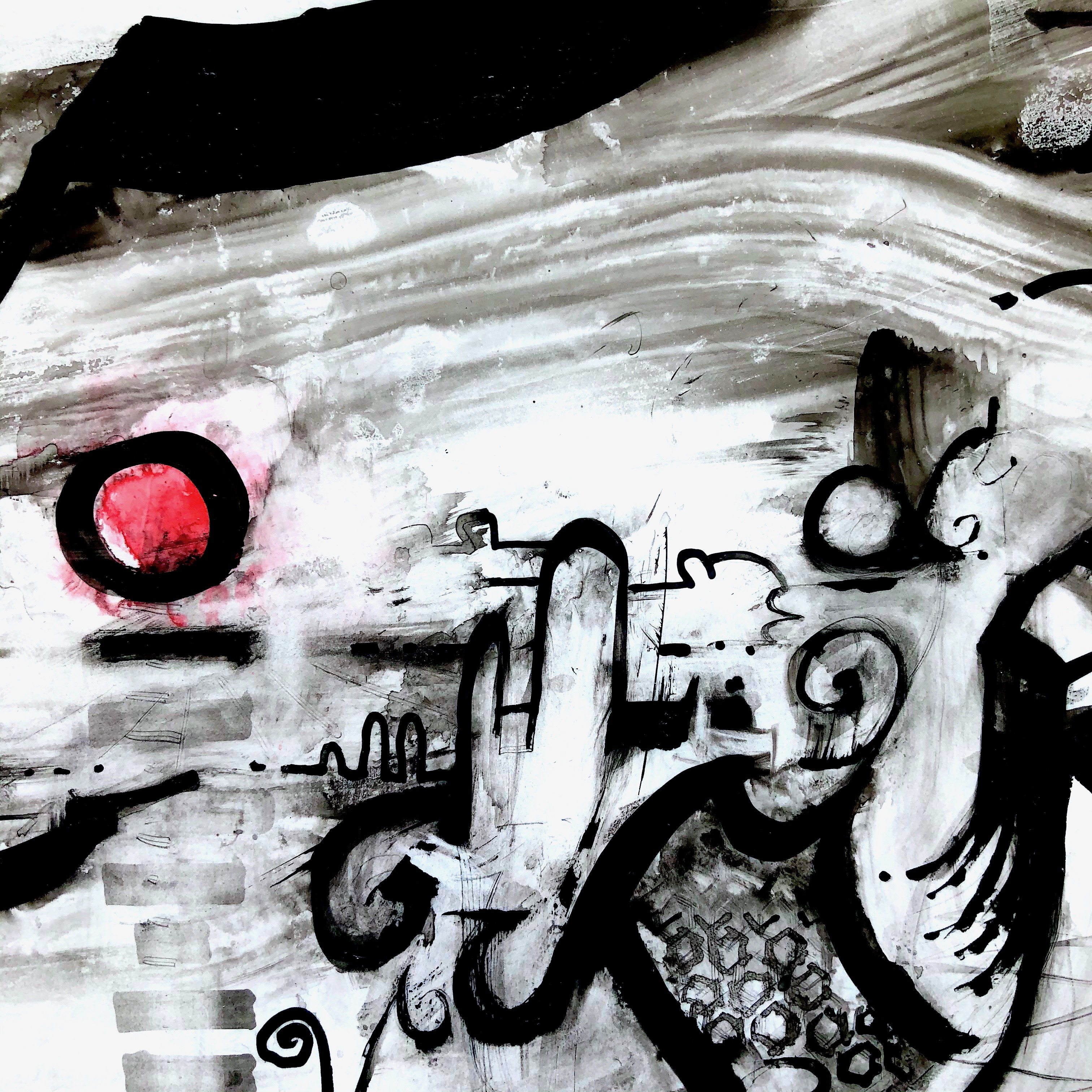
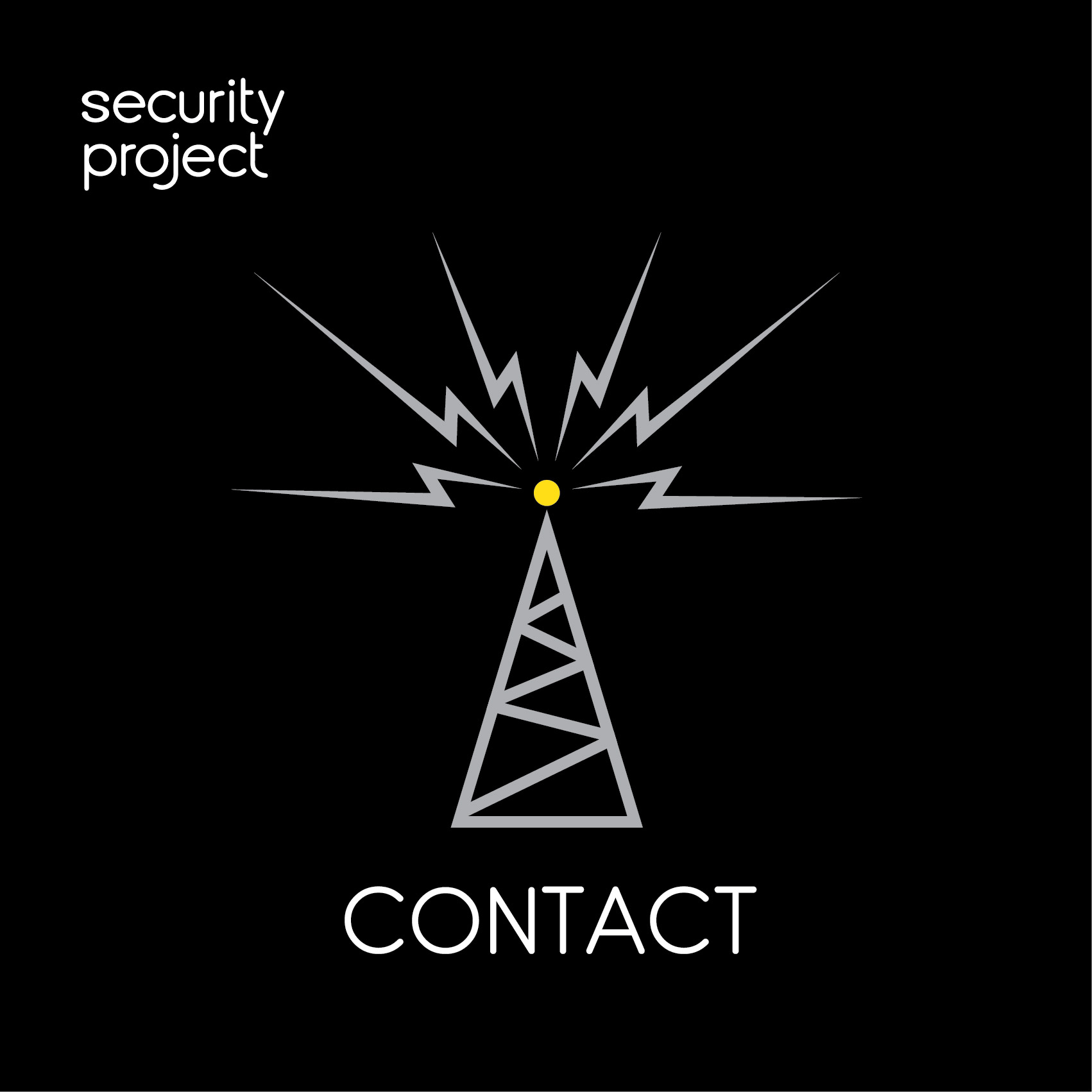
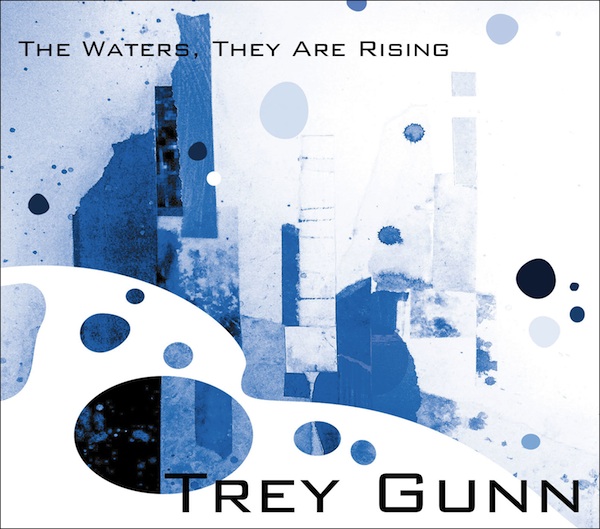
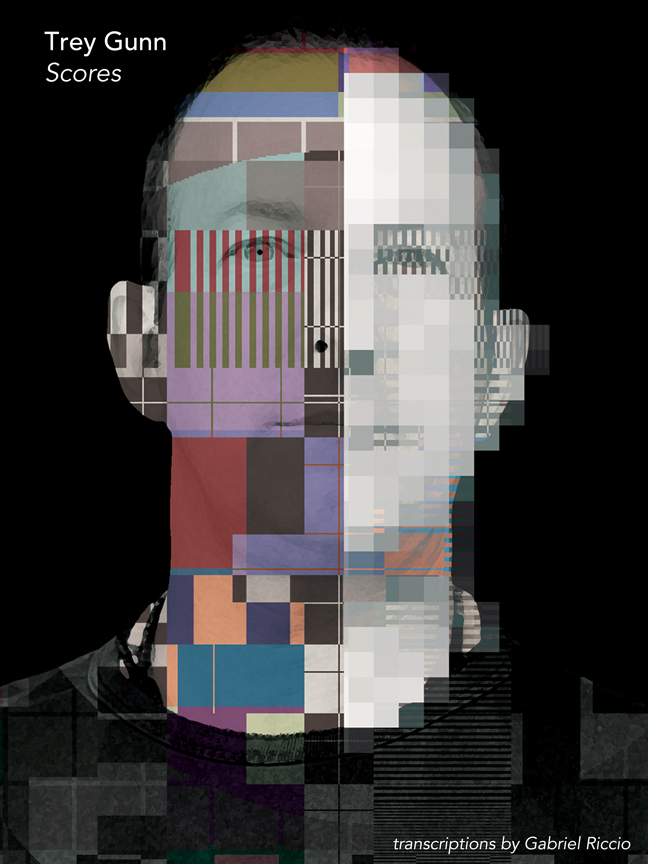
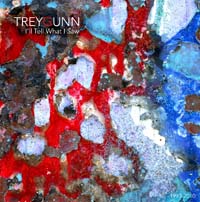
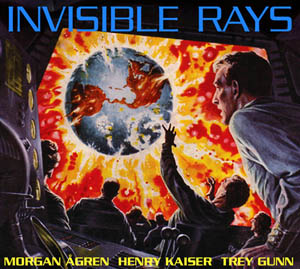
Reader Comments (1)
Wauw, this is an amazing story. How professional, intelligent and border crossing over the edge to stretch out one' s abilities via music, aikido and teamwork it must have been. I wish I could come and join. But I am not a musician, I am an enthousiastic listener (my life changed since I heard Ronin on Music Meeting festival in Nijmegen, the Netherlands) and know aikido and bodywork. Perhaps one time in future, I could come along and support the group by giving shaitsu massage (Japanese) and TuiNa massage (Chinese)..;))
For now thank you for your blog and keep on following the good Qi!
Mo (Margot Reker, the Netherlands)